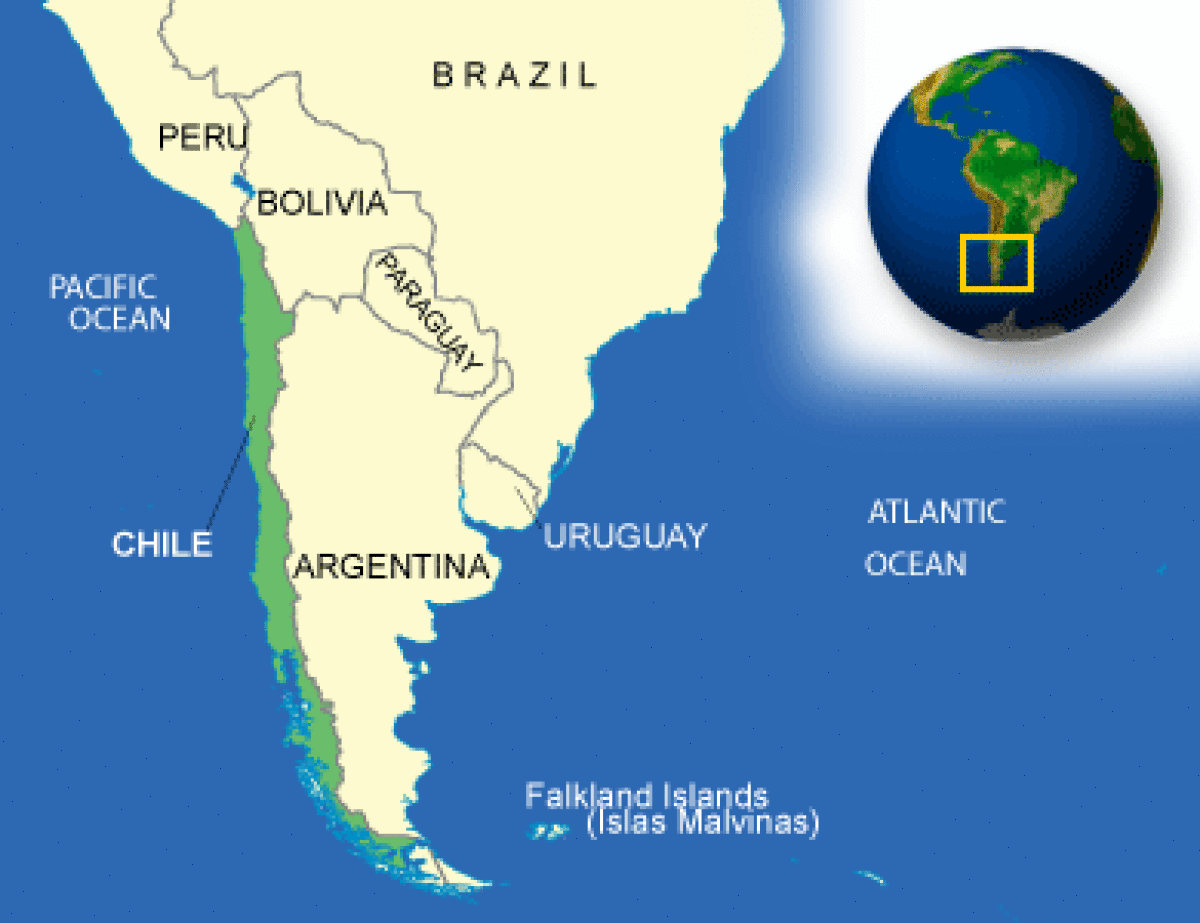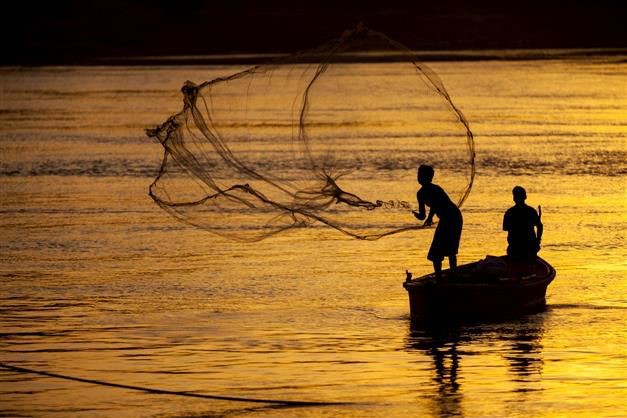Description

Disclaimer: Copyright infringement not intended.
Context: India Meteorological Department has analysed trends for precipitation and drought like conditions over India using ‘Standardised Precipitation Index’ (SPI).
Details
|
Index name
|
Standardized Precipitation Index (SPI).
|
|
Development
|
By T. B. McKee, N.J. Doesken, and J. Kleist and in 1993 (McKee et al. 1993).
|
|
Purpose
|
To characterize meteorological drought on a range of timescales.
|
|
Characteristics
|
Uses historical precipitation records for any location to develop a probability of precipitation that can be computed at any number of timescales.
SPI has an intensity scale in which both positive and negative values are calculated, which correlate directly to wet and dry events.
|
|
Timescale Use
|
From 1 month to 48 months or longer.
|
|
Classification of SPI value.
|
 |
|
Strengths
|
Uses precipitation only; can characterize drought or abnormal wetness at different time scales which correspond with the time availability of different water resources (e.g. soil moisture, snowpack, groundwater, river discharge and reservoir storage).
Most powerful features of the SPI is its intrinsic ability to simultaneously assess drought over a suite of timescales. For example, the precipitation totals for one, three, six, 12, 18, 24, 36, 48, and 60 month durations.
More comparable across regions with different climates than the Palmer Severity Drought Index (PDSI).
Less complex to calculate than the PDSI.
|
|
Limitations
|
As a measure of water supply only, the SPI does not account for evapotranspiration, and this limits its ability to capture the effect of increased temperatures (associated with climate change) on moisture demand and availability.
Sensitive to the quantity and reliability of the data used to fit the distribution; 30-50 years recommended.
Does not consider the intensity of precipitation and its potential impacts on runoff, streamflow, and water availability within the system of interest.
|
|
Comparison with Palmer Drought Index.
|
While Palmer's indices are water balance indices that consider water supply (precipitation), demand (evapotranspiration) and loss (runoff), the Standardized Precipitation Index (SPI) is a probability index that considers only precipitation.
SPI is simpler for interpretation than PDI. On the other side, lack of temperature within SPI, make impossible use of it on climate change applications.
|
Droughts
- The term ‘drought’ is applied to an extended period when there is a shortage of water availability due to inadequate precipitation, excessive rate of evaporation and over-utilisation of water from the reservoirs and other storages, including the ground water.
Types of Droughts
- Meteorological Drought : It is a situation when there is a prolonged period of inadequate rainfall marked with mal-distribution of the same over time and space.
- Agricultural Drought : It is also known as soil moisture drought, characterised by low soil moisture that is necessary to support the crops, thereby resulting in crop failures. Moreover, if an area has more than 30 per cent of its gross cropped area under irrigation, the area is excluded from the drought-prone category.
- Hydrological Drought : It results when the availability of water in different storages and reservoirs like aquifers, lakes, reservoirs, etc. falls below what the precipitation can replenish.
- Ecological Drought : When the productivity of a natural ecosystem fails due to shortage of water and as a consequence of ecological distress, damages are induced in the ecosystem.
Drought Prone Areas in India
- Nearly 19 per cent of the total geographical area of the country and 12 per cent of its total population suffer due to drought every year.
- About 30 per cent of the country’s total area is identified as drought prone affecting around 50 million people.

India can be divided into:
- Extreme Drought Affected Areas : Most parts of Rajasthan, particularly areas to the west of the Aravali hills, i.e. Marusthali and Kachchh regions of Gujarat fall in this category. Included here are also the districts like Jaisalmer and Barmer from the Indian desert that receive less that 90 mm average annual rainfall.
- Severe Drought Prone Area : Parts of eastern Rajasthan, most parts of Madhya Pradesh, eastern parts of Maharashtra, interior parts of Andhra Pradesh and Karnataka Plateau, northern parts of interior Tamil Nadu and southern parts of Jharkhand and interior Odisha are included in this category.
- Moderate Drought Affected Area : Northern parts of Rajasthan, Haryana, southern districts of Uttar Pradesh, the remaining parts of Gujarat, Maharashtra except Konkan, Jharkhand and Coimbatore plateau of Tamil Nadu and interior Karnataka are included in this category. The remaining parts of India can be considered either free or less prone to the drought.
Causes of Drought in India:
- Irregular Monsoon Patterns: Irregularities in the monsoon patterns, such as delayed onset, early withdrawal, or insufficient rainfall, lead to drought conditions in various regions.
- Depletion of Groundwater: Over-extraction of groundwater for irrigation and domestic use has led to a significant decline in water tables. Prolonged and excessive pumping has further exacerbated drought conditions in many parts of the country.
- Deforestation: Trees play a crucial role in maintaining the water cycle by enhancing evapotranspiration, which helps in rainfall distribution. Deforestation disrupts this balance and contributes to drought.
- Land Degradation and Soil Erosion: Poor land management practices, such as overgrazing and improper irrigation, result in soil erosion and land degradation. This diminishes the land's ability to retain water, leading to reduced water availability during dry periods.
- Urbanization and Encroachment: Rapid urbanization and encroachment on water bodies and wetlands reduce natural water storage capacity. As a result, during periods of low rainfall, there is inadequate reservoir capacity to sustain water supply.
- Climate Change: Changing climatic patterns have a significant impact on rainfall distribution. Rising temperatures and global warming have altered weather patterns, leading to more frequent and severe droughts in various parts of India.
Consequences of Drought
- Crop failure leading to scarcity of food grains (akal), fodder (trinkal), inadequate rainfall, resulting in shortage of water (jalkal), and often shortage in all the three (trikal) is most devastating.
- Migration of humans and livestock.
- Scarcity of water compels people to consume contaminated water resulting in spread of many waterborne diseases like gastro-enteritis, cholera, hepatitis, etc.

Mitigation
- Immediate Action: Provision for the distribution of safe drinking water, medicines for the victims and availability of fodder and water for the cattle and shifting of the people and their livestock to safer places.
- Long term Actions: Identification of ground water potential in the form of aquifers, transfer of river water from the surplus to the deficit areas, and particularly planning for inter-linking of rivers and construction of reservoirs and dams.
- Dissemination of knowledge about drought-resistant crops and proper training to practise the same can be some of the long-term measures that will be helpful in drought-mitigation.
Initiatives by Government of India
- National Rainfed Area Authority was set up.
- The Watershed Management Programme was revamped; a new programme for repair, renovation and restoration of water bodies was launched and groundwater recharge was prioritised.
- The Mahatma Gandhi National Rural Employment Guarantee Act (MGNREGA) had the stated aim to conserve soil and water by building of tanks, ponds and check dams across the country.
- Atal Bhujal Yojana (ATAL JAL): To improve the management of groundwater resources in 7 states (Gujarat, Haryana, Karnataka, Madhya Pradesh, Maharashtra, Rajasthan and Uttar Pradesh).
- Jal Shakti Abhiyan-“Catch The Rain”: To promote Rainwater harvesting & water conservation.
- Master Plan for Artificial Recharge to Groundwater (2020): Prepared by the Central Ground Water Board (CGWB).
- The National Water Development Agency (NWDA) has been entrusted with the work of inter-linking of rivers under National Perspective Plan (NPP).
- Running river-valley projects (building canals to bring water from the rivers to the villages).
Initiatives by States
- Andhra Pradesh launched the Neeru Meeru water conservation programme.
- Madhya Pradesh had the Ek Panch Ek Talab (one panchayat, one tank) programme.
- Gujarat the Sardar Patel Participatory Water Conservation programme to build thousands of check dams to harness rainwater.
- Tamil Nadu took the rainwater harvesting campaign to practically every house in Chennai.
International efforts
- United Nations Convention to Combat Desertification (UNCCD) helping 70 drought-prone countries to put in place drought smart strategies and drought risk management frameworks.
- UNCCD has developed a Drought Toolbox: plans that specify when and how countries should respond before a drought turns into a crisis
- The International Drought Resilience Alliance: Members of the Alliance see the urgent need to pivot from emergency response to increasing drought resilience through a more coordinated and effective response.
- Intergovernmental Working Group on Drought: identifying and evaluating global policy instruments and regional policy frameworks and linking them to national plans to effectively manage drought under the Convention and supporting a shift from reactive to proactive drought management.
- World Environment Day 2024: Focuses on land restoration, desertification, and drought resilience, under the slogan “Our Land. Our Future. We are Generation Restoration.”
Way forward
- To address the issue in the short-term, this includes improving water infrastructure, improving access to clean water, and supporting farmers through the development of drought-resistant crops.
- In the long-term, measures must be taken to reduce greenhouse gas emissions to limit the severity of future droughts.
- And also, involvement of local communities is needed to tackle the issue.
Details about India Meteorological Department: https://www.iasgyan.in/daily-current-affairs/india-meteorological-department#:~:text=IMD%20has%20continuously%20ventured%20into,threshold%20of%20an%20exciting%20future.
Details about World Meteorological Organisation: https://www.iasgyan.in/daily-current-affairs/world-meteorological-day-9
Sources:
https://ui.adsabs.harvard.edu/abs/2014EGUGA..16.9270P/abstract
https://www.in.gov/dnr/water/water-availability-use-rights/water-resource-updates/monthly-water-resource-summary/explanation-of-standard-precipitation-index-spi/#:~:text=The%20Standardized%20Precipitation%20Index%20(SPI,a%20selection%20of%20time%20scales.
https://gmao.gsfc.nasa.gov/research/subseasonal/atlas/SPI-html/SPI-description.html#:~:text=Standardized%20Precipitation%20Index%20(SPI)%3A,1993).
https://nihroorkee.gov.in/sites/default/files/uploadfiles/SPINov2011.pdf
https://climatedataguide.ucar.edu/climate-data/standardized-precipitation-index-spi
NCERT
|
PRACTICE QUESTION
Q. Highlight the factors responsible for droughts in India. Suggest measures to mitigate the impact of droughts. 200 words.
|
















.jpg)


